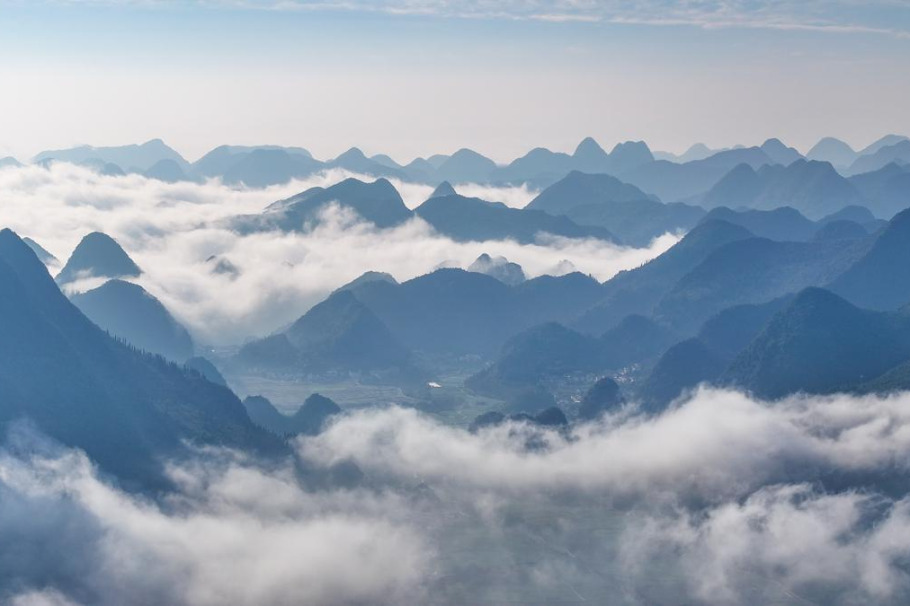Chinese 'Fire Eye' helps Serbia detect coronavirus


DETECTING VIRUS WITH FIRE EYE
Djordjevic is head of a team of 10 experts from Serbia's top institutes, hospitals and medical universities, who have been working alongside Xiong and five other BGI experts for three weeks to learn to operate the "Fire Eye" lab.
The team has been on the task in four shifts, working for 16 hours every day -- from 8 am to 2 am the next day -- for the past three weeks. When they recently got first samples, emotions overwhelmed them.
"This is the only laboratory in Serbia with this kind of bio-safety level, which makes people feel protected. On the other hand, it gives Serbia the chance to process a large number of samples in a short time," Djordjevic said.
Serbian experts said the advanced technology of the "Fire Eye" lab helps standardize the testing process for COVID-19, ensure the accuracy of testing, streamline the process, and protect the safety of staff.
At a press conference on Friday, Serbian President Aleksandar Vucic thanked the experts of BGI, as well as other Chinese companies like Mammoth Foundation and Zijin Copper which had made donations for the labs.
"We have been processing a fantastic number of tests lately ... We will test even more people ... because we want to provide treatment to our people, and not let them die. We couldn't have done it without the BGI," Vucic said.
- Latest on the novel coronavirus outbreak
- Lies never to be allowed to distort true history of global COVID-19 fight
- How Italy's biggest Chinese community emerges unscathed from coronavirus
- French govt extends state of health emergency until July 24
- US politicians' lawsuit farce against China a shame of civilization: People's Daily commentary
- Viral video shows meteor streaking over Helan Mountains in Ningxia
- China innovates network technology, achieving efficient data transmission
- More international maritime disputes turn to China's courts
- Chinese researchers inject AI power to evidence-based medicine
- Harbin Ice and Snow World opens with expanded park
- Visa-free transit policies spur surge of foreign visitors





































